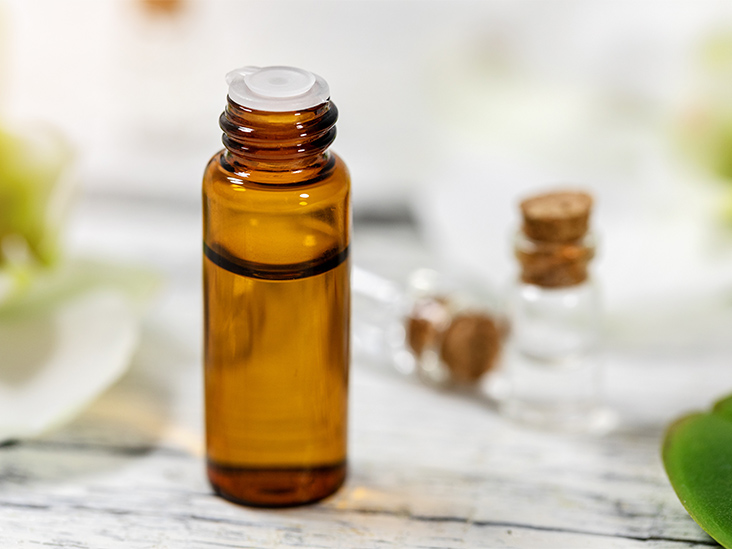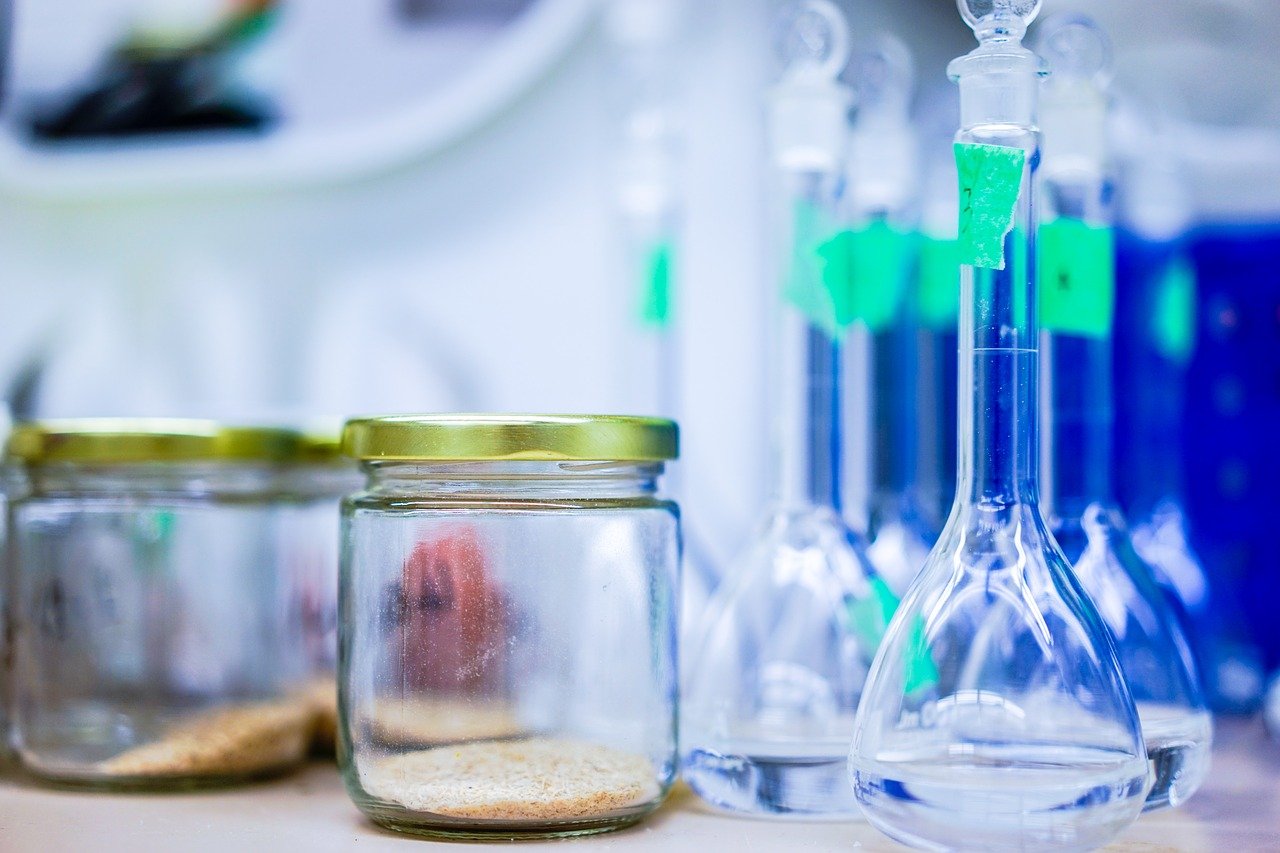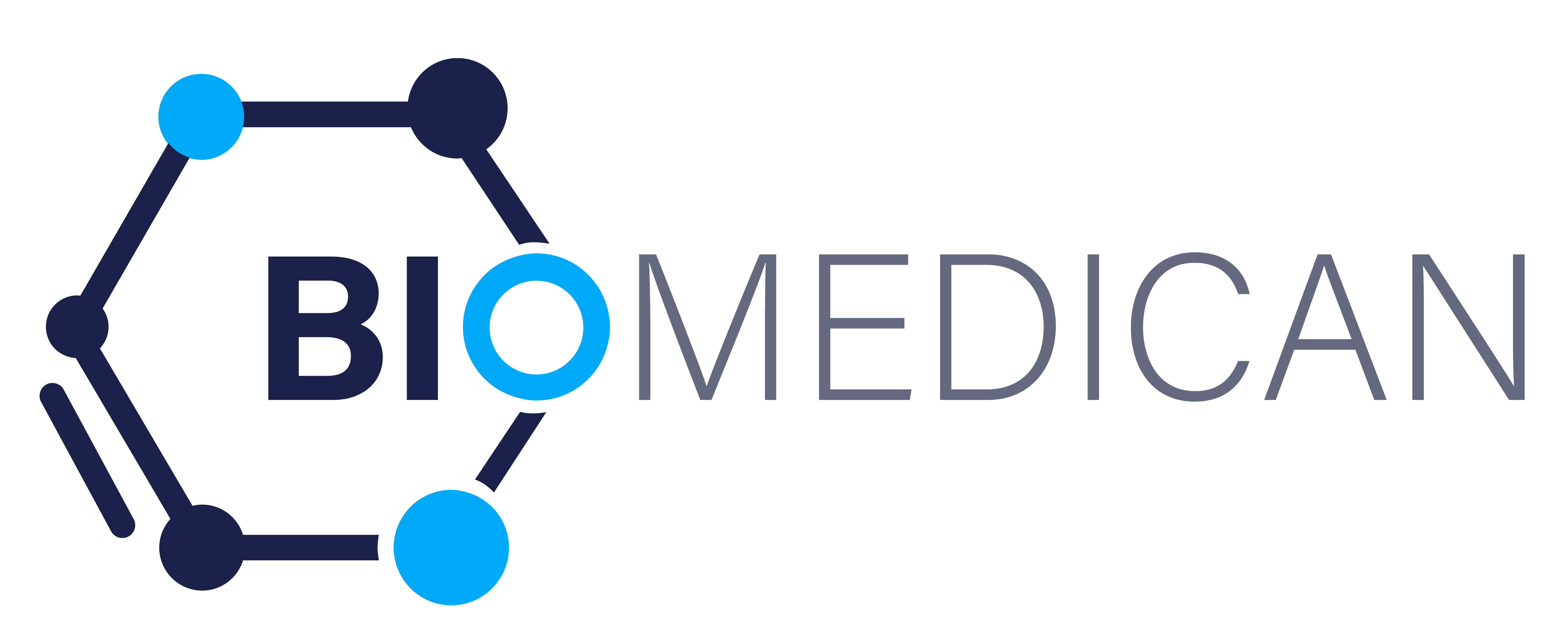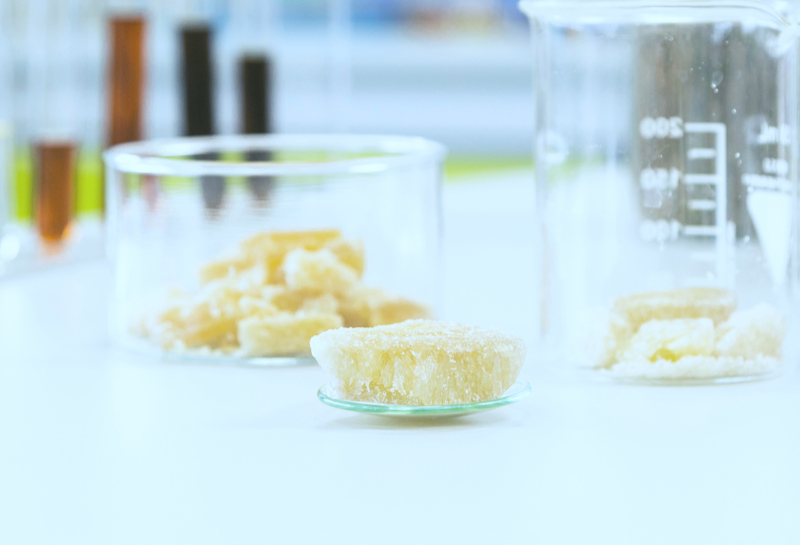Cannabigerol (CBG) and Cannabigerolic Acid (CBGA): medical benefits and research
What are CBG and CBGA?
Besides cannabidiol (CBD), one of the most popular forms of medical cannabis, another important compound CBG (cannabigerol), is regarded as the mother of all cannabinoids. Although CBG is found in smaller quantities, i.e., only 1% in cannabis plants, it has significant importance due to its acidic form CBGA (cannabigerolic acid), the parent compound of all other cannabinoids. Increasing research suggests that cannabigerol (CBG) has significant and unique health benefits.
How CBG and CBGA are made?
Young cannabis plants have cannabigerolic acid (CBGA), which undergoes enzymatic degradation and converts into three cannabinoids; tetrahydrocannabinolic acid (THCA), cannabidiolic acid (CBDA), and cannabichromenic acid (CBCA). The resulting acidic forms of these cannabinoids produce THC and CBD by a decarboxylation reaction catalyzed by light or heat.
The uses of CBG and CBGA
Since ongoing research reveals new benefits of CBG and CBGA, the market size and potential use of these compounds have also continued to grow exponentially.
Medical Benefits
In our body, CBG is processed by the Endocannabinoid System (ECS), which regulates various functions and processes such as sleep, appetite, mood, memory, production, and fertility. Endocannabinoids bind the receptor and trigger a signaling cascade that performs the required action. Enzymes of ECS destroy these cannabinoids after the completion of targeted activity. When in the body, CBG imitates endocannabinoids and exhibits a wide array of health benefits.
Promotes pain relief

This significant health benefit has sparked a renewed interest in the pharmaceutical industry towards the molecular chemistry of CBG.
CBG powerfully targets transient receptor potential (TRP) channels, which are well-known to be linked to pain perception. By regulating pain perception, CBG can promote analgesia without making you high.
Protects the brain

Oxidative stress can damage both cells and the immune system and can lead to neurological conditions. By acting as a potent antioxidant and neutralizing oxidative stress, CBG can prevent the loss of brain cells and help to:
I. Support muscle function and movement in Huntington’s disease
II. Prevent immune cell overactivation that can worsen multiple sclerosis.
III. Support the recovery of nigrostriatal brain cells in Parkinson’s disease.
Supports the destruction of cancer cells

Oxidative stress can damage the immune system, cause early cell death, and activate cancer cells. By neutralizing oxidative stress, CBG can help promote the death of cancer cells.
Prevent bladder dysfunction

Recent research found five different endocannabinoids receptor on the bladder that takes part in bladder muscle contraction. The same study regarded CBG as a future tool in urology that can inhibit muscle contractions and helps prevent several bladder dysfunctions.
Lower Intraocular pressure

CBG bind endocannabinoid receptor in the eye where it reduces intraocular pressure by increasing aqueous humor outflow. The ability of CBG to reduce intra-ocular pressure culminates into its potential therapeutic use in glaucoma.
Appetite Stimulation

CBG may improve appetite by increasing how often hunger sets in, with minimal side effects
The benefits of investing in this industry and BioMedican

As the cannabinoid market surges, the therapeutic value of hundreds of cannabinoids is coming to light. It is their potential to impact the quality of life of many patients. Investors benefit from the ability to participate in an industry currently gaining enormous momentum. Our proprietary technology can revolutionize the cannabinoid supply chain and directly feed into several markets where cannabinoids and terpenes are in high demand. As the production of cannabinoids and terpenes through biosynthesis is significantly quicker than traditional methods, investors can expect a faster return on investments.
Which is better, CBD or CBG?
Though CBG, CBD, and THC are all derivatives of CBGA, only THC can cause the psychological effects of “getting high.” Both CBG and CBD are non-psychoactive.
However, the main difference between CBG and CBD is the health benefit profiles that each therapy offers. As mentioned before, CBG is known to increase appetite. In contrast, CBD reduces appetite and aid in weight loss.
A scientific aspect that differentiates CBG from CBD is how they work. CBG works directly on cannabinoid receptors within the brain, while CBD works indirectly on the endocannabinoid system within the brain. You may argue that CBG has a more powerful, direct effect than CBD.
Why Biomedican’s biosynthesis from yeast is the best way to produce CBG?
The production of CBG/CBGA through biosynthesis offers a way to reduce the environmental footprint, decrease production time, circumvent regulatory oversight, and produce high-quality cannabinoids. Biosynthesis, a process that has been used for several years in multiple industries, revolutionizes the production of cannabinoids by reducing the cost of their production by 70-90%.
Biomedican uses a unique proprietary yeast that undergoes the natural metabolic process of fermentation to produce CBG/CBGA identical to its counterparts in nature. The advantage of this natural process is that it is 100% pure, reliable, and does not come with the undesirable side effects of chemical synthesis.
What kind of business will need CBG and CBGA?
CBG/CBGA has entered various medicinal industries like pharmaceuticals and consumer industries like natural health, food, cosmetics, and nutraceuticals.
Consumers are generally moving towards bioidentical products as the movement to cut out harmful synthetic compounds and chemicals. Therefore, manufacturers also turn to biosynthetic CBG/CBGA to make healthier, safer products with additional benefits. The pharmaceutical industry has noted the benefits of cannabinoids, including high efficacy against many ailments with fewer side effects.
Problems with CBG production

CBG is considered one of the most “high-end” cannabinoids because it is difficult to acquire and has many health benefits. CBG is found as a minor cannabinoid in most cannabis plant strains. Therefore, plant strains with high CBG content are cultivated to get enough quantity of CBG. The amount of CBG is high in the young cannabis plant and decreases gradually with aging. Therefore, only young plants can be processed to get CBG/CBGA, present in a very minute quantity making their extraction and purification inefficient, costly, and environmentally taxing. Cultivation also requires significant regulatory oversight and can produce inconsistent yields prone to contamination from pests, mold, and pesticides.




